You know how fashion is supposed to make you feel, right? Like yourself. Your true self. But sadly this is far from reality. On one hand, the limitations of physical fashion don’t really give you the liberty to express yourselves the way you wish. Because well, you can’t add wings to a physical outfit or fire flames to your real shoes, right?
Enter, digital fashion!
Like Amber Jae Slooten, a digital fashion designer and co-founder of The Fabricant said, “Within the digital world, we can go completely crazy. We can wear a dress made of water or have lights everywhere and change your textile according to your mood. How do we want to represent ourselves within the virtual space? If we can be anything, will we still want to be ourselves?”
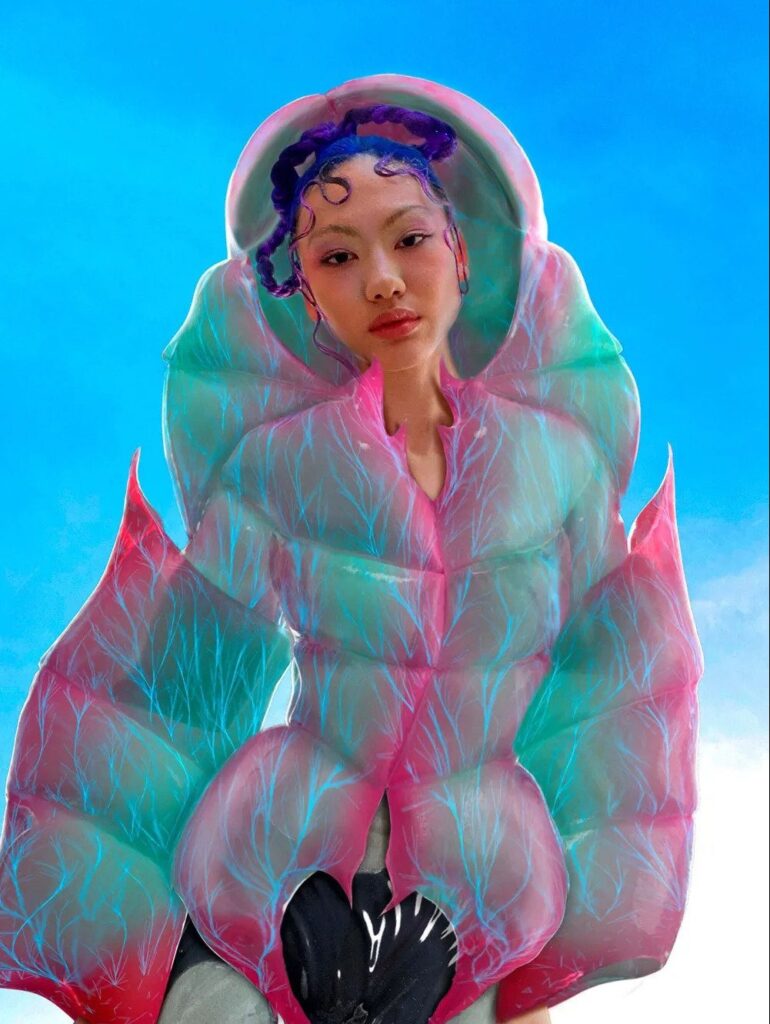
For this same reason, they saw a surge during the pandemic where people were interested in bringing their fantasies to life through their virtual avatars.
But on the other hand, even digital fashion has a long way to go till it completely embraces the part for which the fashion industry has always been under the radar for – inadequate representation and exclusion with respect to size, design, and consumer base.
Slowly and steadily, brands are going a step further by not only incorporating the need for unique self-expression but also valid representation in the virtual world.
Virtual Models For All Sizes:
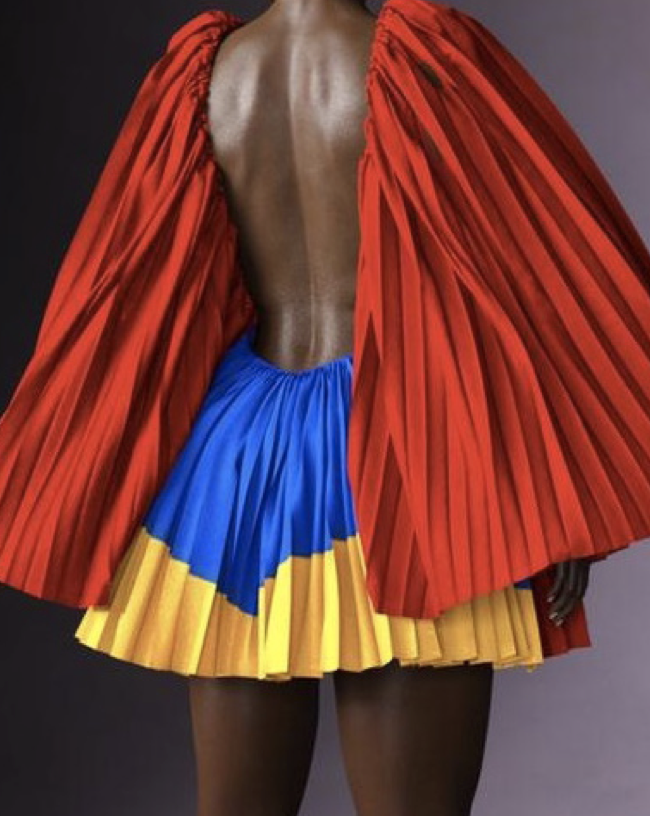
For instance, Hanifa is a Congolese fashion brand which uses 3D models to show their collection virtually to their consumers. Once the dress is agreed upon, the consumer receives the physical clothing. Anifa Mvuemba, the designer behind the brand, ensures that her avatars and clothing are made for real people and their real bodies. When people see their collections, it feels wearable in real life and not made just for the runway.
By creating designs in sizes 0 to 20, she says, “I have black women in mind when I design. I create silhouettes that work for our bodies and complexions. The virtual models are full-figured, which is a celebration of the country and its women.”
Virtual Avatars For Marginalised Backgrounds:
Daz 3D in partnership with The Institute Of Digital Fashion (IoDF) makes room for inclusive fashion by using digital solutions. They make digital outfits for all body types like trans, plus-size and more. IoDF vouches for representation over characterisation.
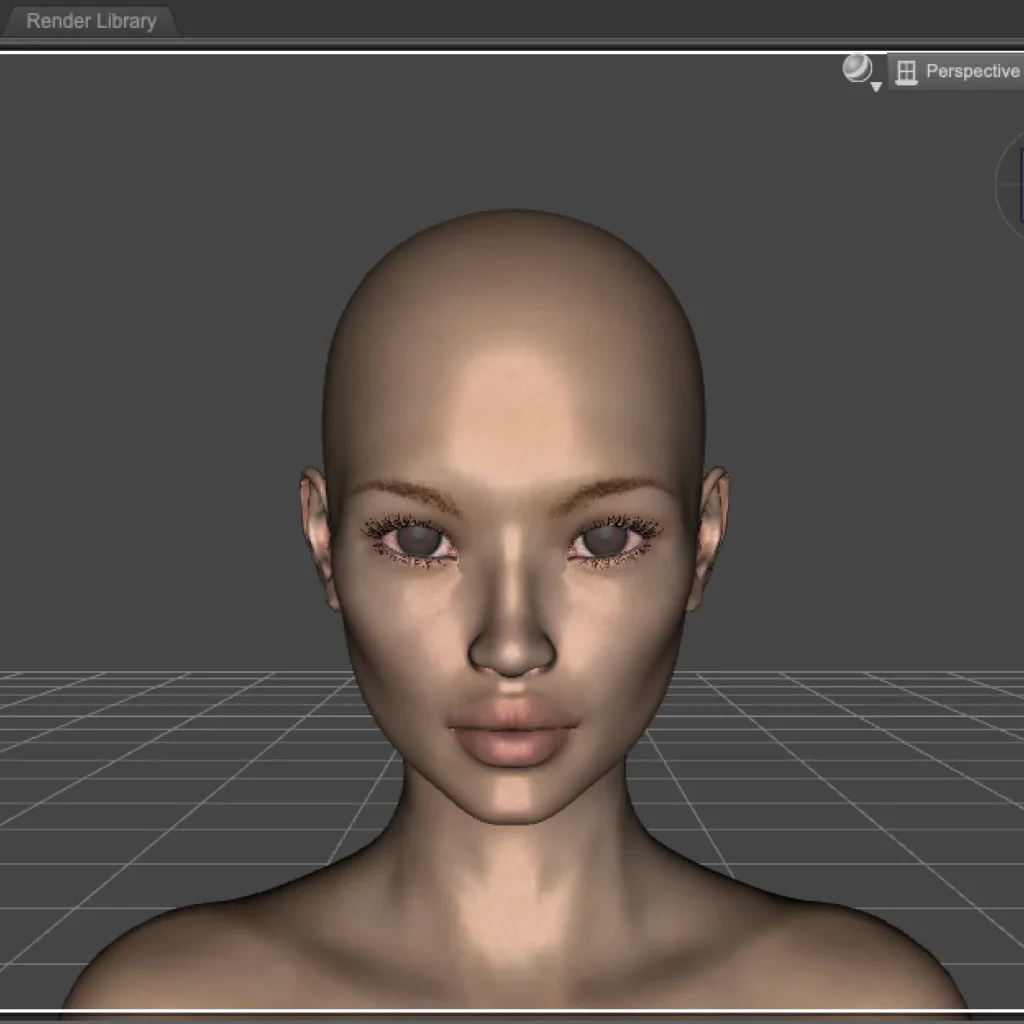
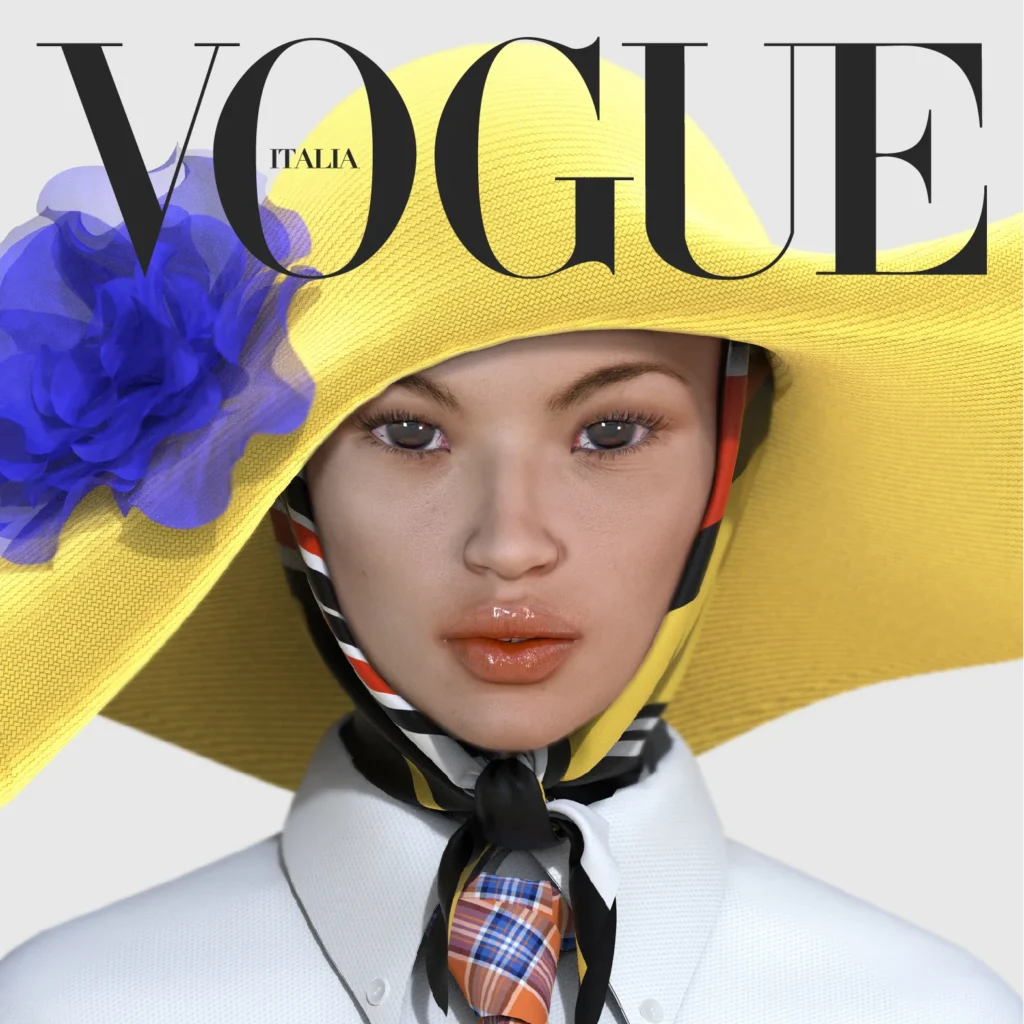
By working on a project with Circular Fashion Summit (CFS) Lablaco, they are answering the important questions related to creation of virtual clothing for avatars – the VR version, the religious background, choice of clothes, etc. They are launching a digital-only inclusive collection at CFS 2021 happening from December 9 – December 12 at the virtual Grand Palais Éphémère.
The collection will include clothing for avatars which are currently missing from the digital fashion spectrum. For example, gender-fluid outfits, religion-specific clothing accessories, dresses for different sizes and shapes, clothing for disabled people, and so on.
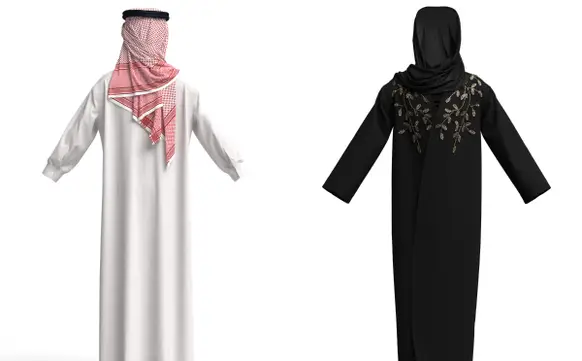
Cattytay, creative director and co-founder of IoDF said, “An important part of our work at IoDF is giving marginalised voices a space to be more accurately represented. With our glo-cal networks of makers and artists we have the ability to collectively change the system, and amplify new messaging to build a more innovative, diverse, and inclusive reality. “
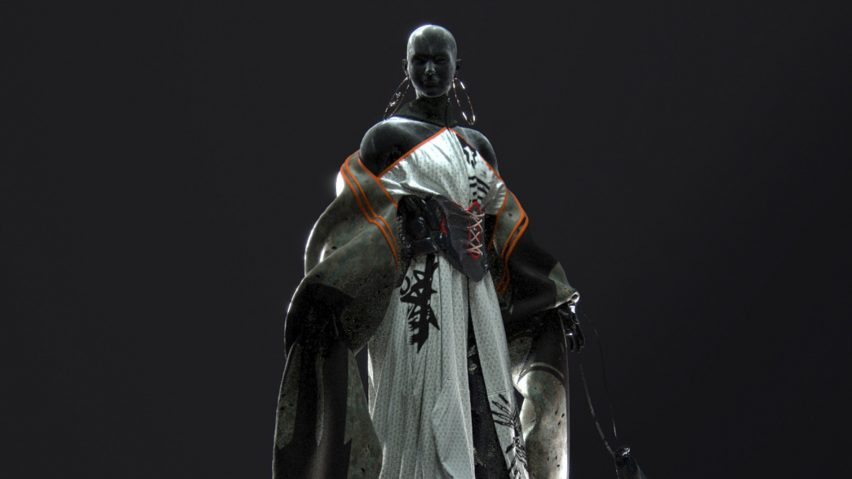
Source: Dezeen
lso, The Fabricant in collaboration with RTFKT launched a gender-fluid collection which is titled ‘RenaiXance collection’. The objective of this collection was to eliminate the concept of gender-based clothing and reinterpret the concepts of masculinity and femininity through styles of the Renaissance era.
Key Takeaways:
- With digital fashion, consumers can bring their fantasies to life which is not possible in the realm of physical/ traditional fashion.
- Digital fashion can help brands to go a step further and make room for avatars that acknowledge different body shapes and sizes, people of different religions and cultures, marginalised voices, and unique modes of self expression.
- The moral responsibility of expanding the inclusivity factor in digital fashion lies on the shoulders of brands and designers in the industry.
- The day when a wide range of inclusive outfits are made not only for the runway, but for people in real lives will be when fashion becomes truly inclusive.
- In the future, the true essence of inclusive fashion will be justified by designs being available for all your identities, both in the real and virtual worlds.
As Leanne, chief executive and co-founder of IoDF said when asked about the future of fashion, “I think it’s the Metaverse and the two worlds working in unison; having clothes be about creativity, and where representation isn’t a fantasy in the digital space. It’s where everyone, including brands, has transparency i.e. we know no one’s suffering in the production.”


